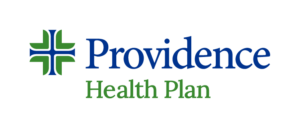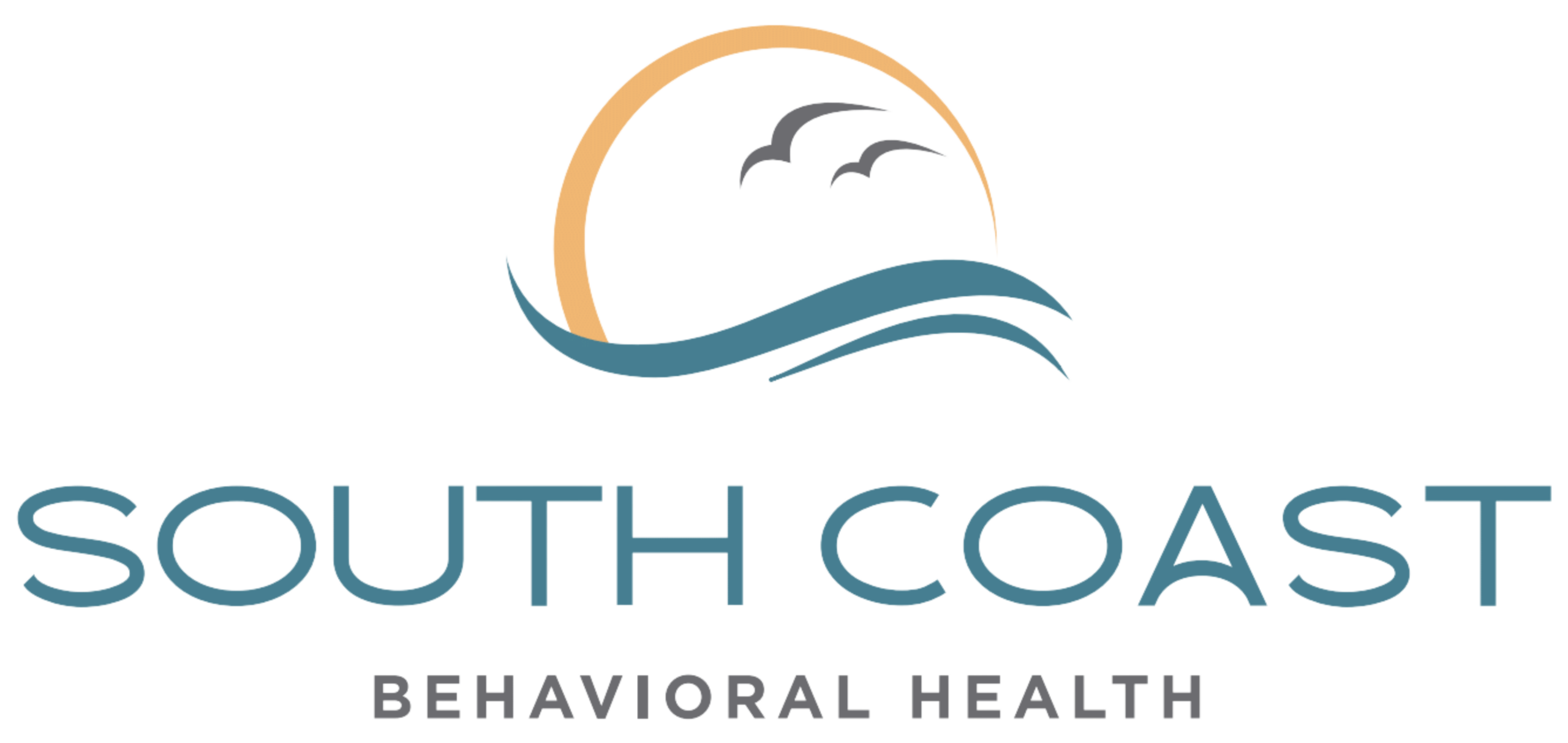What Is Depression?
Depression is a common but serious mental health condition characterized by persistent feelings of sadness, despair, loss of interest in activities, and often a sense of worthlessness. It can affect a person’s ability to work, study, eat, sleep, and enjoy once pleasurable activities.
According to the World Health Organization, clinical depression afflicts almost 300 million people worldwide. It’s also the world’s leading cause of disability. The American Psychiatric Association states that around 6.7% of Americans suffer depression.
There are various forms of depression. Aside from major depression, there’s also high-functioning depression, known in the scientific literature as persistent depressive disorder (PDD). PDD is a chronic, lower-intensity depressive mood that lasts for at least two years.
There are other forms of depression, including:
- Seasonal affective disorder — Also known as SAD, this comes and goes with seasons typically starting in late fall and early winter and going away during spring and summer.
- Perinatal depression — This occurs when a woman experiences major depression during pregnancy or after delivery (peripartum depression previously postpartum depression).
- Premenstrual dysphoric disorder (PMDD) — A woman with PMDD has severe symptoms of depressed mood, irritability, and tension about a week before menstruation begins. Premenstrual syndrome (PMS) is similar to PMDD however, PMS involves fewer and less severe symptoms than PMDD.
- Bipolar disorder — Formerly called manic depression, people with bipolar disorder experience intense emotional states that swing dramatically between extreme energy and happiness to profoundly low mood.
Data suggests an estimated 3.8% of the global population experiences depression. This includes 5% of adults (4% among men and 6% among women), and 5.7% of adults over the age of 60.
In this article, we’ll take a closer look at high-functional depression in particular. If you or a loved one is experiencing this or other kinds of depression, know that help is available.
Is High-Functioning Depression a Thing?
High-functioning depression is not itself an official diagnosis. Instead, it’s a colloquial term to describe people whose depression does not rise to the level of being debilitating.
The idea of high-functioning depression has gained traction as it reflects a reality where people may not meet the full criteria for Major Depressive Disorder (MDD) but still experience persistent depressive symptoms that interfere with their quality of life. These individuals often maintain a facade of normalcy, and might hold down jobs, maintain relationships, and fulfill daily responsibilities despite their struggles.
Professionally, the illness is known as persistent depressive disorder (PDD). PDD is a milder but more persistent form of depression that can involve bouts of profound depression at times.
According to the Diagnostic and Statistical Manual of Mental Disorders (DSM-V), high-functioning depression symptoms include the following:
- Poor appetite or overeating
- Insomnia or hypersomnia
- Low energy or fatigue
- Low self-esteem
- Poor concentration or difficulty making decisions
- Feelings of hopelessness
Importantly, these symptoms need to persist over a period of at least two years for there to be a diagnosis of high-functioning depression.
According to the National Institutes of Health, an estimated 2.5% of U.S. adults experience high-functioning depression at some time in their lives. That’s one in every forty people.
Causes of high-functioning depression are unknown, but hypotheses on the causes of major depression are parallel. For example, it’s more common among first-degree biological relatives of people with major depression than among the general population.
How is Depression Treated?
Treating depression is a multi-step process that often involves a combination of therapies.
These therapies can help you to:
- Adjust to life changes in a positive way
- Identify negative thought and behavior patterns and replace them with positive ones
- Improve your coping skills to help you better cope with stress and problems
- Identify factors which contribute to your symptoms and find ways to change this
- Regain a sense of satisfaction and control in your life
- Learn to set realistic, achievable life goals
The specific course of treatment for high-functioning depression may vary from person to person, depending on the severity and type of depression, and other individual factors.
If you wish to get treatment for high-functioning depression you may first undergo an initial assessment
One of the most effective treatment modalities is cognitive behavioral therapy (CBT), which involves a therapist helping you to identify thoughts and behaviors that are contributing to your symptoms. The therapist will help you to change these thought and behavior patterns into positive, problem-solving techniques. DBT for depression is another option.
We are open 24 hours per day, 7 days per week, 365 days per year.
Depression Treatment at South Coast Behavioral Health
For those struggling with high-functioning depression, South Coast Behavioral Health is here to help. We offer dual diagnosis treatment that is intended to address mental health issues and any related substance abuse problems simultaneously.
The first step is an initial assessment. During this time, you’ll go through a detailed assessment of previous drug use, medical history, and psychiatric status. After that, one of our professionals will come up with a depression treatment plan.
Treatment for substance abuse takes place along an entire spectrum of care. Along that entire spectrum are various behavioral therapies, support groups, and the use of medically-assisted treatment (MAT).
These levels of treatment are, in order, as follows:
Residential Treatment in California
After successfully completing medical detox, you’ll move to inpatient treatment in Orange County California. There, you’ll receive medically-assisted treatment and dual diagnosis treatment to deal with any cravings or co-occurring mental health issues you may be battling.
We also offer residential treatment facilities in Costa Mesa, Irvine, and Huntington Beach for those who desire gender-specific treatment. There, patients get round-the-clock medical attention and monitoring while living at the institution full-time.
In addition to individual and group counseling and medication management, you’ll also have access to leisure activities and family support services.
Partial Hospitalization in California
Most clients start substance abuse treatment with South Coast in our residential treatment program. After completing that, many desire something that still provides structure and support, but with extra space and time to oneself. For that, we offer Partial Hospitalization in Newport Beach.
A step down from inpatient care but with more structure than conventional outpatient programs, partial hospitalization offers a good balance for those looking to ease back into normal life. Clients can receive care five to seven days a week for a number of hours each day, returning back to their homes in the evening.
This way, they can recover without putting their daily lives completely on hold, receiving intense therapeutic interventions like group and individual therapy, skill development, and medication management as necessary.
Intensive Outpatient Treatment in California
For those leaving inpatient residential treatment or partial hospitalization, intensive outpatient programs (IOP) are yet another gradual step forward on the road to recovery.
With a focus on group therapy, individual counseling, and education, clients undergoing Intensive Outpatient Treatment in Newport Beach can meet three to five days a week. Each session lasts three hours.
This level of care requires the least amount of attendance at a facility.
Start Today
If you or a loved one are struggling with functional depression but wonder how long counseling takes or have other questions, call us at 866-881-1184. Our highly qualified staff will be happy to help give you an idea of what to expect, as well as help verify your insurance and assist with any other questions about mental illness you may have. Don’t let feelings of sadness or a depressive episode control your life any longer. You can overcome mental illness, we can help.
























